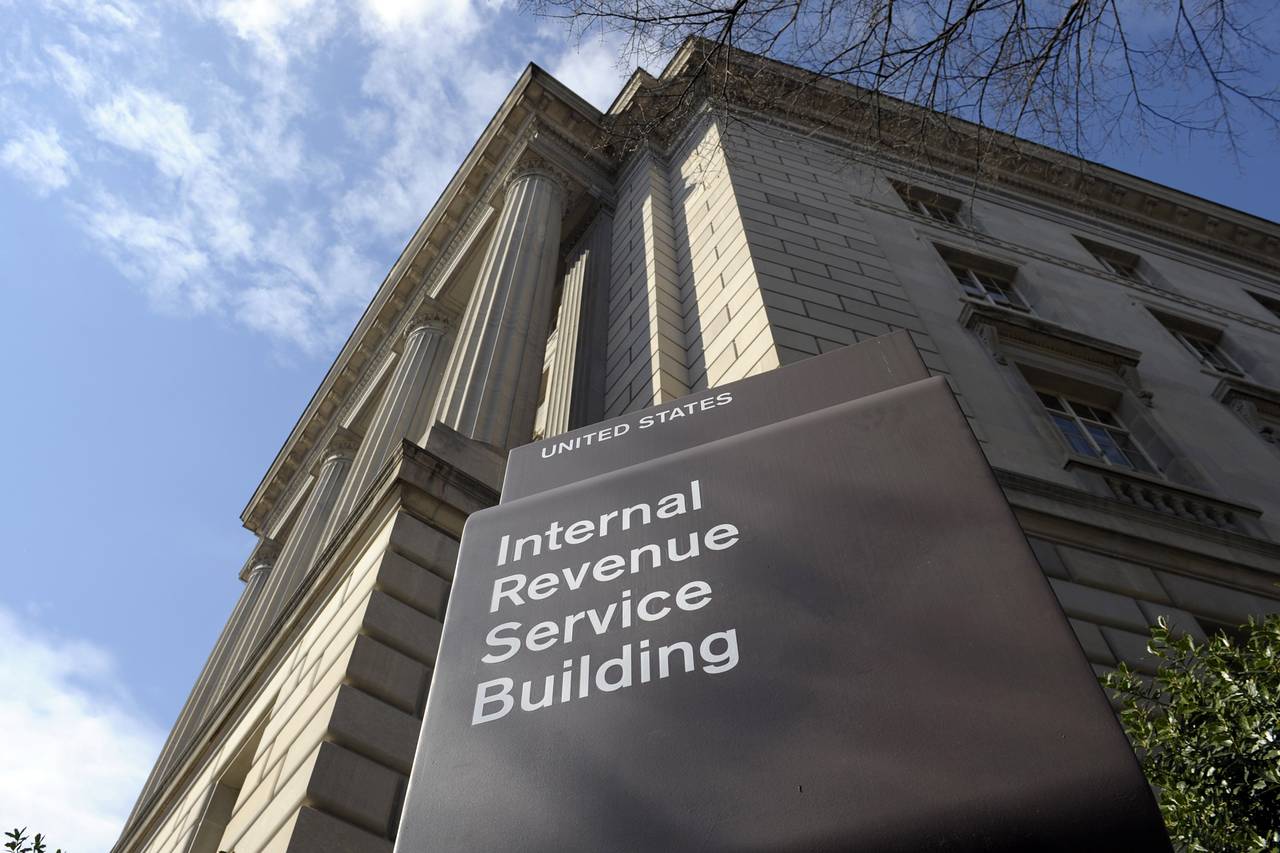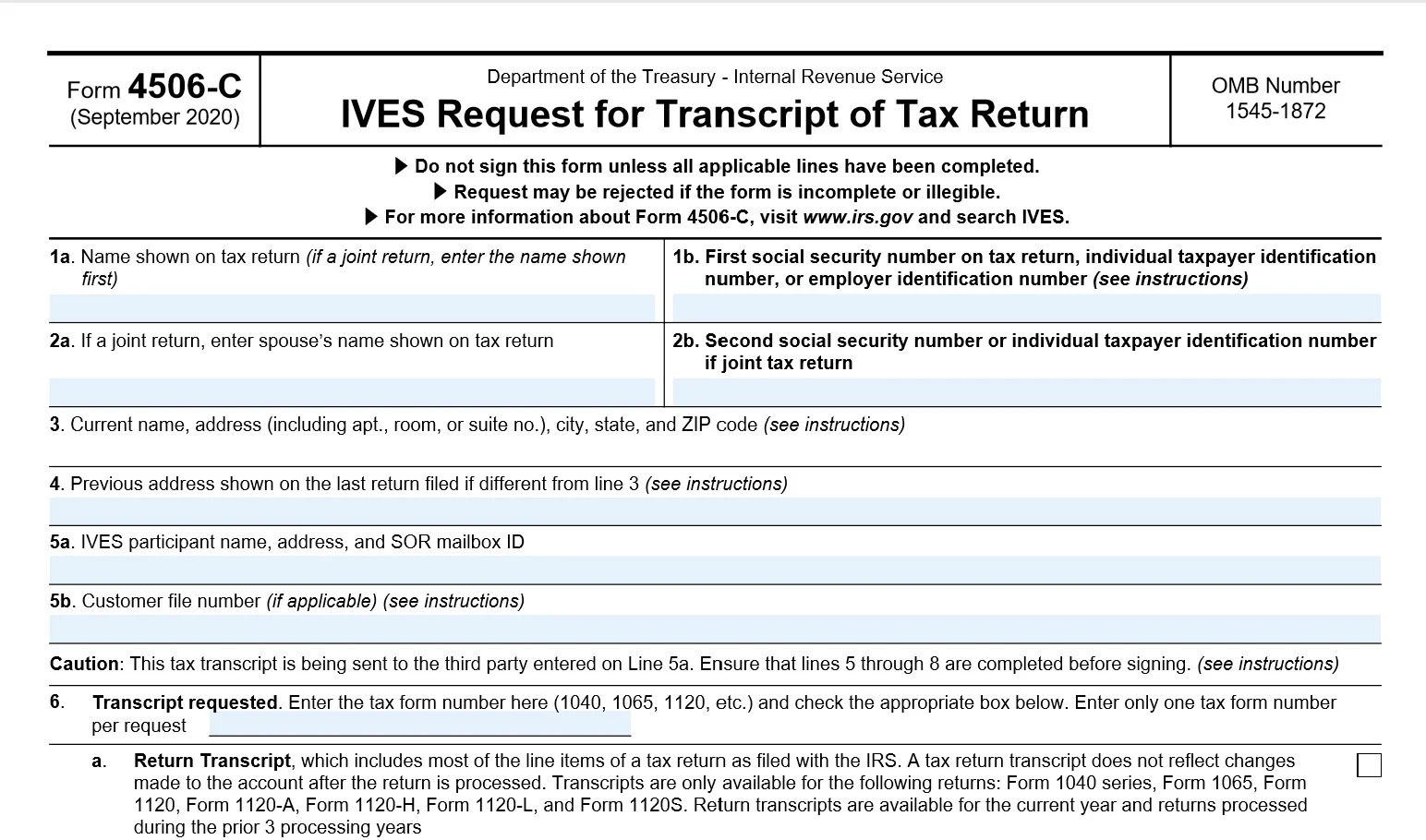

Finance
What Can I Get With A 606 Credit Score
Published: October 23, 2023
Discover what you can achieve in finance with a 606 credit score. Explore loan options, credit cards, and more to help you reach your financial goals.
(Many of the links in this article redirect to a specific reviewed product. Your purchase of these products through affiliate links helps to generate commission for LiveWell, at no extra cost. Learn more)
Table of Contents
Introduction
Welcome to the world of credit scores! In the vast landscape of personal finance, credit scores play a crucial role. Your credit score is a three-digit number that represents your creditworthiness and the likelihood of you repaying borrowed money. It is a key factor that lenders consider when determining whether to grant you credit, and at what interest rate. Understanding credit scores is essential for financial planning and making informed decisions.
In this article, we will delve into the world of credit scores and focus specifically on the 606 credit score. We will explore what a 606 credit score means, how it impacts your financial options, and what financial products you can access with this score. Whether you’re looking to qualify for a loan, open a new credit card, or improve your credit standing, this article will provide valuable insights and guidance.
Before we dive into the specifics of a 606 credit score, let’s take a moment to understand the broader concept of credit scores and their significance.
Understanding Credit Scores
Credit scores are a numerical representation of an individual’s creditworthiness. They are designed to assess the level of risk associated with lending money to a particular person and help lenders make informed decisions about extending credit. Credit scores are calculated by credit reporting agencies, such as Experian, Equifax, and TransUnion, using complex algorithms that analyze various factors related to an individual’s credit history.
The most commonly used credit scoring model is the FICO score, created by the Fair Isaac Corporation. FICO scores range from 300 to 850, with higher scores indicating better creditworthiness and lower risk. However, different scoring models may have different ranges and criteria, so it’s important to understand the scoring system being used.
Credit scores are influenced by several factors, including payment history, amounts owed, length of credit history, credit mix, and new credit. Payment history, which accounts for about 35% of a credit score, reflects whether individuals have made timely payments on their debts. Amounts owed, which represents around 30% of a credit score, considers the level of debt relative to credit limits.
The length of credit history, contributing about 15% to the score, considers the average age of accounts and the age of the oldest account. Credit mix, accounting for about 10% of the score, refers to the variety of credit types an individual has, such as credit cards, mortgages, and auto loans. Lastly, new credit, which constitutes approximately 10% of the score, reflects recent credit inquiries and new accounts opened.
It’s important to note that credit scores are dynamic and can change over time based on the individual’s financial behavior. Regularly monitoring credit scores and taking steps to improve them can have a significant impact on an individual’s financial opportunities and access to credit.
What is a 606 Credit Score?
A credit score of 606 falls within the fair credit range, which typically ranges from 580 to 669. While it may not be considered excellent or excellent credit, a 606 credit score is still considered average and indicates that an individual has a fair level of creditworthiness.
With a 606 credit score, individuals may find that they have some access to credit and financial products, but they may also encounter limitations and higher interest rates. Lenders may view a 606 credit score as slightly higher risk compared to individuals with higher scores, so it’s important for individuals with this credit score to understand how it may impact their financial options.
A 606 credit score suggests that the individual may have had some challenges or inconsistencies in managing their credit. It could be due to late payments, high credit usage, or other negative factors on their credit report. However, a 606 credit score is not permanent, and with responsible credit management and consistent payments, it is possible to improve the score over time.
It’s important to note that credit scoring models may vary slightly across different credit reporting agencies, so the interpretation of a 606 credit score may also differ. However, in general, a 606 credit score represents a fair level of creditworthiness and offers individuals some financial opportunities.
Credit Score Ranges and Impact
Credit scores are typically categorized into different ranges, each reflecting different levels of creditworthiness. While specific ranges may vary depending on the credit scoring model being used, here is a general breakdown:
- Poor: 300-579
- Fair: 580-669
- Good: 670-739
- Very Good: 740-799
- Excellent: 800-850
Each range has its own implications when it comes to accessing credit and financial products. A higher credit score within a range generally means better access to credit options, lower interest rates, and more favorable terms. On the other hand, a lower credit score within a range may result in limited credit options, higher interest rates, and more stringent approval criteria.
If we focus on the fair credit range, where a 606 credit score falls, individuals with this score may still be eligible for certain credit products. However, they may face some limitations and potentially higher interest rates compared to those with higher scores.
It’s important to understand that credit scores are not the sole factor considered by lenders when making credit decisions. Lenders also consider other aspects, such as income, employment history, and overall financial stability. A higher credit score can strengthen an individual’s overall credit profile and increase their chances of securing credit across various financial products.
Improving one’s credit score is a journey that requires time and consistent effort. Individuals with a 606 credit score can work towards improving their score by making timely payments, reducing credit card balances, and maintaining a positive credit history. Over time, as their credit score increases, they will gain access to more favorable credit options and better financial opportunities.
Benefits of a 606 Credit Score
While a 606 credit score may not be in the excellent or very good range, there are still several benefits that individuals with this score can enjoy. Here are some of the advantages:
- Access to Credit: With a 606 credit score, individuals can still qualify for various credit products such as credit cards, personal loans, and auto loans. While the options available may be more limited compared to those with higher scores, having access to credit can help individuals meet their financial needs and build a positive credit history.
- Opportunity for Improvement: A 606 credit score signals that an individual is in the fair credit range, meaning there is still room for improvement. By consistently making on-time payments, keeping credit card balances low, and managing credit responsibly, individuals can work towards increasing their credit score over time.
- Potential for Lower Interest Rates: While individuals with a 606 credit score may not qualify for the lowest interest rates available, improving their score can lead to more favorable terms in the future. As the credit score increases, individuals may have the opportunity to refinance existing loans or access better interest rates on new credit products.
- Establishing Credit History: For individuals who are new to credit or have limited credit history, a 606 credit score can serve as a starting point. By responsibly managing credit and making timely payments, individuals can establish a positive credit history, building a foundation for future financial goals.
It’s important to note that the benefits mentioned above rely on responsible credit management and maintaining a positive credit outlook. By demonstrating good financial behavior and striving to improve their credit score, individuals with a 606 credit score can reap the benefits of a stronger credit profile over time.
Limitations of a 606 Credit Score
While a 606 credit score provides individuals with some access to credit, it is important to be aware of the limitations that come with this score. Here are some of the key limitations individuals may encounter:
- Higher Interest Rates: One of the main limitations of a 606 credit score is the likelihood of being offered higher interest rates on credit products. Lenders may view individuals with a 606 credit score as a higher risk, resulting in higher borrowing costs. This means individuals may end up paying more in interest over the life of a loan or when carrying a credit card balance.
- Reduced Credit Options: Individuals with a 606 credit score may have more limited options when it comes to credit products. They may find it more challenging to qualify for certain types of loans or credit cards with desirable terms and benefits. This limitation can make it harder to access credit for major purchases or financial emergencies.
- Tougher Approval Criteria: Lenders may impose stricter approval criteria on individuals with a 606 credit score. This means that individuals may need to provide more documents, have a higher income, or offer collateral to secure credit. Meeting these criteria can be more challenging, making it harder to obtain credit or delaying the approval process.
- Lower Credit Limits: Individuals with a 606 credit score may be offered lower credit limits on credit cards. This can restrict their purchasing power and make it more difficult to manage expenses or handle unexpected financial needs. It is important to use credit responsibly and avoid maxing out credit limits, as this can negatively impact credit utilization, which is a key factor in the credit scoring process.
While these limitations may present challenges, it is important to remember that a 606 credit score is not permanent. With responsible credit management and taking steps to improve one’s credit, individuals can work towards increasing their score and accessing better credit options in the future.
Financial Products Available with a 606 Credit Score
Even with a 606 credit score, individuals still have access to a range of financial products. While the availability and terms of these products may be more limited compared to individuals with higher credit scores, it is still possible to find suitable options. Here are some financial products that may be available with a 606 credit score:
- Secured Credit Cards: Secured credit cards require individuals to provide a security deposit, which acts as collateral. These cards can help individuals build credit or improve their existing credit score. By making regular payments and demonstrating responsible credit usage with a secured credit card, individuals can work towards improving their creditworthiness.
- Credit Builder Loans: Credit builder loans are specifically designed to help individuals establish or rebuild their credit history. These loans are typically small in amount and require regular payments over a specific period. As individuals make timely payments, they can demonstrate creditworthiness and improve their credit score.
- Subprime Auto Loans: Individuals with a 606 credit score may still qualify for subprime auto loans. These loans are designed for individuals with lower credit scores and may come with higher interest rates. However, they provide an opportunity to finance a vehicle and potentially improve credit by making consistent payments.
- Personal Loans: Some lenders specialize in offering personal loans to individuals with fair credit scores. While the interest rates may be higher compared to loans offered to individuals with excellent credit, a personal loan can provide financial flexibility for various purposes, such as debt consolidation or unexpected expenses.
- Apartment Rentals: Landlords often consider credit scores when selecting tenants, but a 606 credit score is typically still acceptable for renting an apartment. It is important to demonstrate other positive aspects, such as stable income and rental references, to strengthen the rental application.
It’s important to thoroughly research and compare the terms, fees, and interest rates associated with each financial product. Additionally, practicing responsible credit behavior and making timely payments can help individuals improve their credit score over time, opening up more financial product options in the future.
Tips for Improving a 606 Credit Score
While a 606 credit score may not be in the excellent range, there are steps individuals can take to improve their creditworthiness and work towards higher credit scores. Here are some tips to help improve a 606 credit score:
- Make Timely Payments: One of the most crucial factors in improving a credit score is making timely payments. Paying bills and loan installments on time demonstrates responsible credit behavior and can positively impact the credit score over time.
- Reduce Credit Card Balances: High credit card balances can negatively impact credit utilization, which is a significant factor in credit scoring. Aim to keep credit card balances low and strive to pay off outstanding balances as much as possible.
- Manage Credit Utilization: In addition to reducing credit card balances, it’s important to manage credit utilization. Keeping credit card balances well below the credit limit can help improve the credit score. Aim for a credit utilization ratio of 30% or less.
- Monitor Credit Reports: Regularly reviewing credit reports can help identify any errors or inaccuracies that may be impacting the credit score. If any discrepancies are found, individuals should promptly dispute them with the credit reporting agencies to have them corrected.
- Limit New Credit Applications: Multiple credit applications within a short period can negatively affect the credit score. Minimize new credit inquiries and only apply for credit when it is necessary.
- Establish a Solid Payment History: Building a positive payment history is crucial for improving a credit score. Consistently making on-time payments over an extended period demonstrates creditworthiness and can significantly impact the credit score.
- Consider Credit Building Tools: Credit building tools, such as secured credit cards or credit builder loans, can be helpful in establishing or rebuilding credit. These tools provide an opportunity to demonstrate responsible credit usage and improve the credit score.
- Patience and Persistence: Improving a credit score takes time and persistence. It’s important to be patient and remain dedicated to practicing good credit habits. Over time, responsible credit management will lead to an increase in the credit score.
By implementing these tips, individuals with a 606 credit score can proactively work towards improving their creditworthiness and moving towards higher credit scores. It is essential to remember that credit improvement is a journey and requires consistent effort and discipline.
Conclusion
A 606 credit score may fall within the fair credit range, but it does not define an individual’s financial future. While there may be limitations and challenges associated with this score, there are still opportunities to improve creditworthiness and access financial products.
Understanding the factors that contribute to a credit score and actively working towards improving it can make a significant difference. By making timely payments, reducing credit card balances, and managing credit responsibly, individuals can gradually increase their credit score over time. Patience and persistence are key as credit improvement is an ongoing process.
Even with a 606 credit score, individuals can access financial products such as secured credit cards, credit builder loans, subprime auto loans, and personal loans. While the terms and interest rates may be less favorable compared to higher credit scores, these products provide opportunities to build credit, improve financial stability, and work towards better credit options in the future.
It’s important to remember that credit scores are not the sole determinant of an individual’s financial well-being. Other factors such as income, employment stability, and overall financial management also play a crucial role. By taking a holistic approach to personal finance and making informed decisions, individuals can navigate through credit challenges and achieve their financial goals.
In conclusion, a 606 credit score is a starting point for credit improvement. It represents an opportunity to learn and implement good credit management practices. With dedication, responsible credit behavior, and time, individuals can enhance their creditworthiness and unlock a world of financial possibilities.














